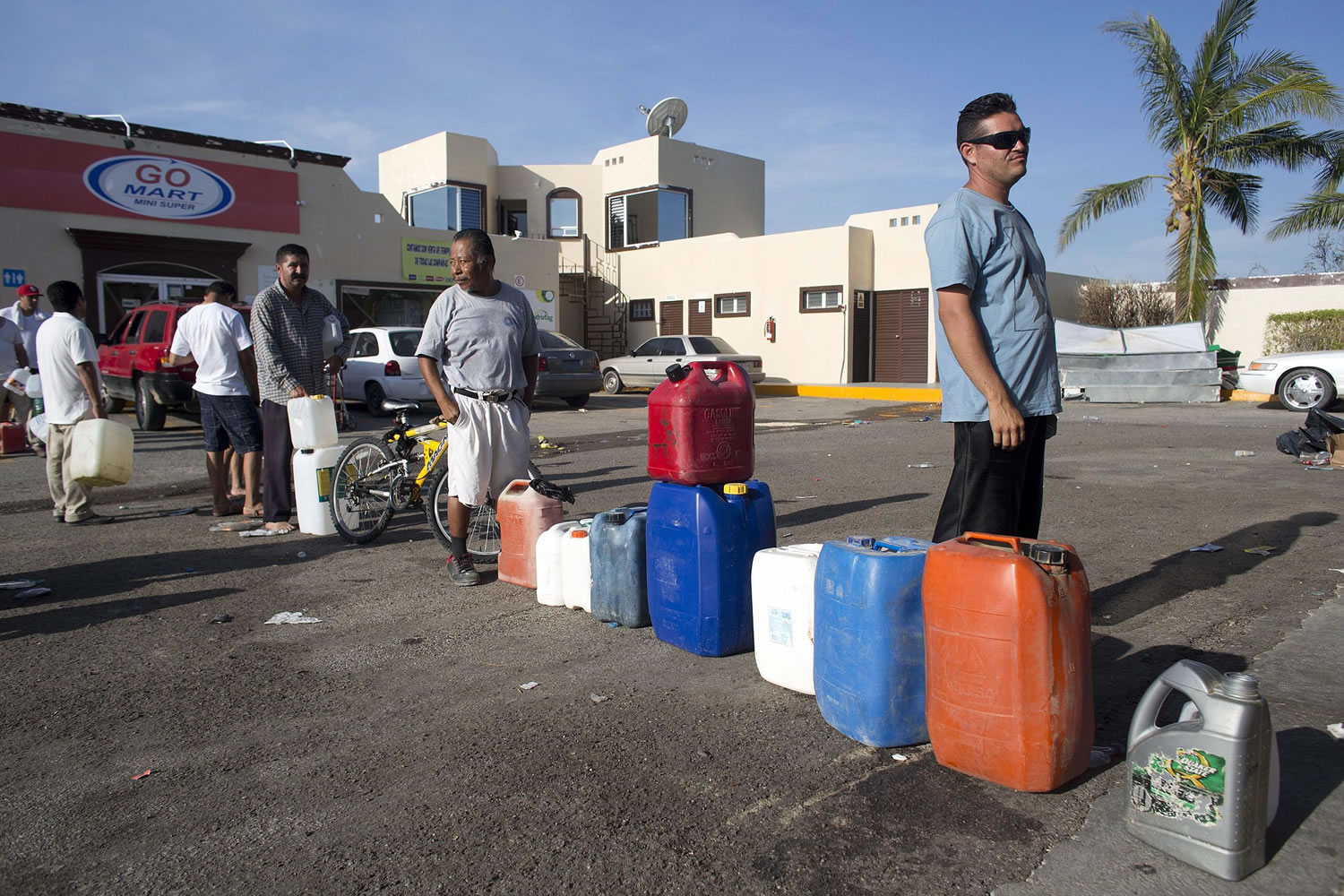TUCSON, Ariz. — A weakened Pacific storm slammed much of southeastern Arizona but spared the state’s major metro areas.
Rainfall from remnants of Hurricane Odile was steadily hitting south and east of Tucson, according to the National Weather Service.
Authorities in Cochise County were watching a rising river in a rural area. Elsewhere, a major street in Nogales was flooded with several inches of water.
However, freeways and streets in Phoenix and Tucson were dry at the start of Thursday’s morning commute.
Officials in Nogales initially thought they would have to evacuate two nearby trailer parks where about 100 families live, Mayor Arturo Garino said late Wednesday. However, the water receded, and the city’s public works department was able to clear the street.
“The debris on the street was minimal,” Garino said. “Everything was taken care of within an hour and a half.”
A larger wash that cuts through the middle of the city was on the edge of spilling over earlier. But it also receded from an at-risk level of 12 feet to between 5 and 6 feet, Garino said. The border city, which is 70 miles south of Tucson, is downhill of Nogales, Sonora, Mexico. As a result, rainwater from the Mexican side doesn’t take long to seep into the city’s washes.
A flash flood warning was in effect in most of Cochise County where the weather service said the San Pedro River was nearing flood stage in a rural area near the U.S.-Mexico border.
Sheriff’s spokeswoman Carol Capas said the county had several road closures.
Meanwhile, a flash flood watch for Tucson that was to expire Thursday was canceled. The city was originally expected to receive 2 inches to 5 inches of rain, but it now seems to be on the edge of tropical depression Odile.
“If the rainfall occurring 50-80 miles south of us was over Tucson, there would be really big problems,” meteorologist Gary Zell said.
Tucson residents on Wednesday morning had braced for the possibility of an epic storm. People lined up in bumper-to-bumper traffic and scooped sand into trash and canvas tote bags as rain began to fall on Arizona.
It’s the second blast of hurricane-related weather to hit the desert region in the past two weeks — the result of an especially active Pacific storm season. Odile was once a Category 3 Hurricane, but it was downgraded to a tropical depression by the time rain started falling in Arizona.
Odile tore through the Mexican resort state of Baja California Sur late Sunday and Monday, where residents were still struggling Wednesday with a lack of power and drinking water. There were scattered reports of looting, and the Los Cabos airport was closed to commercial travel.
Last week, the remnants of Hurricane Norbert caused deadly flash flooding in Arizona. The single-day rainfall totals in Phoenix eclipsed the average total precipitation for the entire summer. Freeways became submerged after pumping stations could not keep up with the downpour, and sections of Interstates 10 and 17 were closed most of the day.
Despite the heavy rains, it still might not be enough to pull Arizona out of its drought.
Rain alone will not help refill reservoirs on the Colorado River. The current drought is drawing down Colorado River storage — in Lake Mead and Lake Powell in particular — to dangerous levels, said Jonathan Overpeck of the Institute of the Environment at the University of Arizona.
The snowmelt from snowpack is what fills reservoirs that supply drinking water. So the upcoming winter, not hurricane season, is a crucial weather period.



